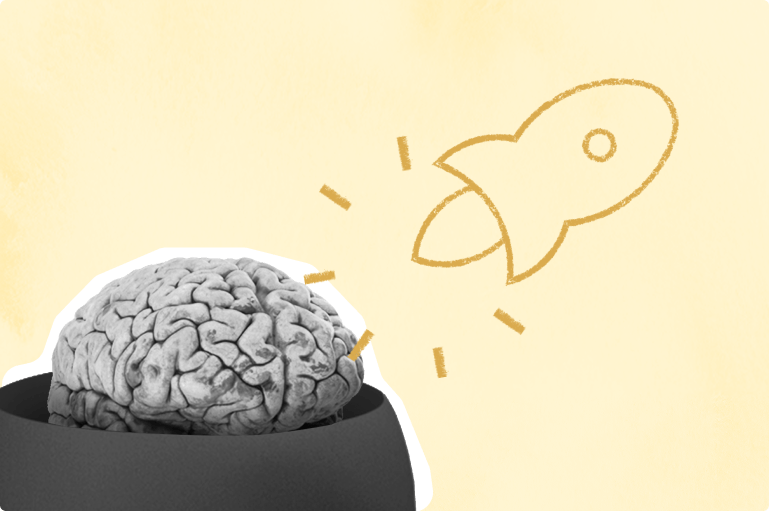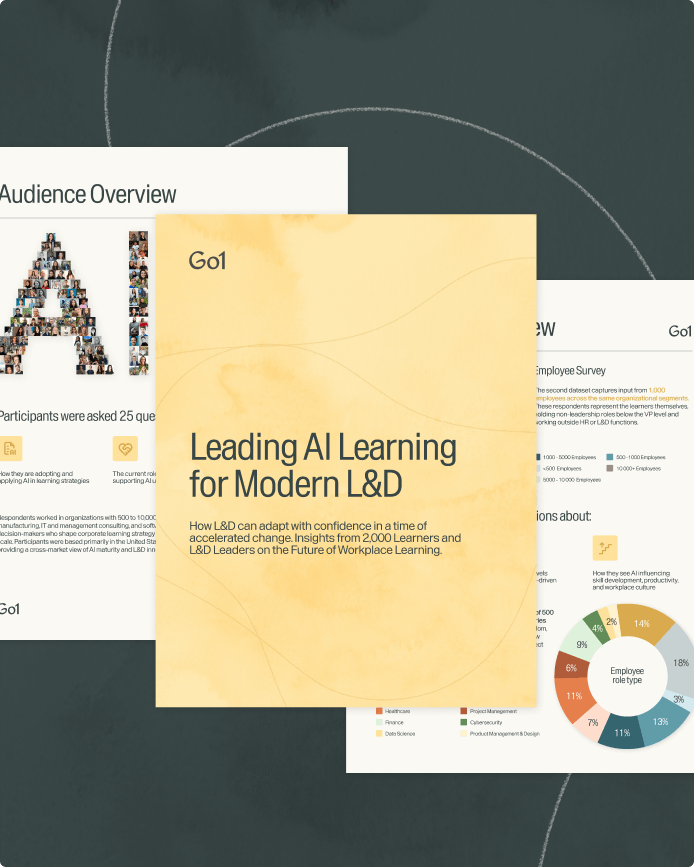Let’s develop your team’s higher-order thinking skills

Today’s workplaces need more than technical know-how. They need employees who can think critically, communicate clearly, and solve complex problems. That’s why more L&D teams are prioritizing higher-order thinking skills—skills that go beyond memorization to help people synthesize, evaluate, and create.
At a time when skill demands are shifting fast, these thinking strategies are essential to help teams adapt, innovate, and thrive.
What are higher-order thinking skills?
Higher-order thinking skills include abilities like analysis, synthesis, evaluation, creativity, and metacognition. They help learners apply what they know in new ways—whether that’s troubleshooting on the floor, solving a client issue, or spotting a more efficient workflow. It’s the difference between just knowing and doing.
In practical terms, developing these skills in your learning programs could mean:
- Asking learners to brainstorm improvements to a process based on case data
- Facilitating reflection exercises on what worked (and what didn’t) after a simulated project
- Encouraging peer discussion where learners critique each other's approaches
These strategies help build a more resilient, capable workforce—one that can respond to change, not just follow instructions.
Why it matters for L&D teams
Despite growing demand for these skills, many employees leave formal education without them. According to Springboard’s The State of the Workforce Skills Gap 2024 report, nearly 70% of L&D professionals believe there is a skill gap at their organization.
That’s why workplace learning plays a critical role.
When learning experiences prioritize higher-order thinking, they become:
- More engaging. Learners are more invested when asked to reflect, analyze, or create.
- More transferable. These skills apply across roles, departments, and industries.
- More collaborative. Group problem-solving boosts knowledge sharing and engagement.
- More innovation-ready. Skills like creativity and evaluation help teams respond to emerging challenges and opportunities.
5 benefits of developing higher-order thinking skills
- Support creativity and innovation. As roles evolve, employees need to think on their feet. Courses that include open-ended tasks or design thinking challenges help build this mindset, especially for learners who didn’t develop these skills in school.
- Make learning more relevant. Higher-order thinking tasks feel more connected to real work. That means learners stay engaged and are more likely to apply what they’ve learned on the job.
- Drive innovation across the organization. When people practice synthesizing ideas or spotting patterns, they’re more likely to come up with new solutions—whether it’s refining a product, improving a service, or streamlining a process.
- Build transferable, role-agnostic skills. These skills aren’t bound to one job description. That makes them ideal for preparing employees to take on new responsibilities or adapt to change.
- Encourage collaboration. Activities that prompt reflection, debate, or peer feedback create more opportunities for shared learning, especially when paired with online tools like discussion forums or shared workspaces.
Make the shift easier with Go1
You don’t have to design all of this from scratch. Go1’s turnkey content hub includes skill-building courses that go beyond compliance—covering communication, problem-solving, leadership, and more. With playlists, pre-built paths, and smart discovery tools, it’s easy to find the right content to foster higher-order thinking without adding admin work.
Want to build thinking skills that last?
Related Articles

Application Guide: How to use the Go1 AI for L&D Maturity Assessment to assess our workforce AI capability

5 Data-Backed Insights Shaping the Future of AI in Workplace Learning

Psychologist-Backed PepTalks to Strengthen Your People, Boost Wellbeing, and Build Resilience

How to Use Keynote-Style Talks to In Your L&D Program

Train smarter, spend less
Train smarter,spend less
Connect with a Go1 expert to explore the best training options for your organization—no pressure, just solutions that work.